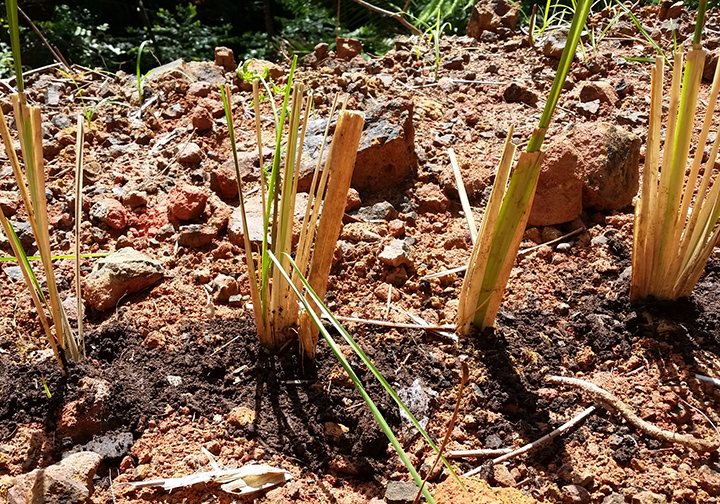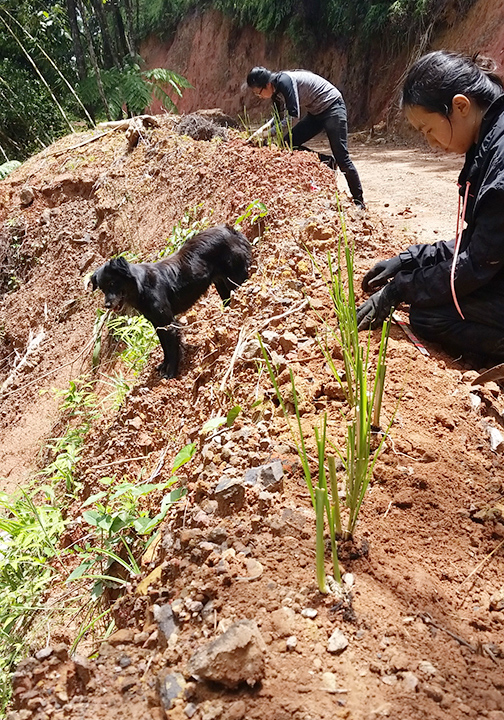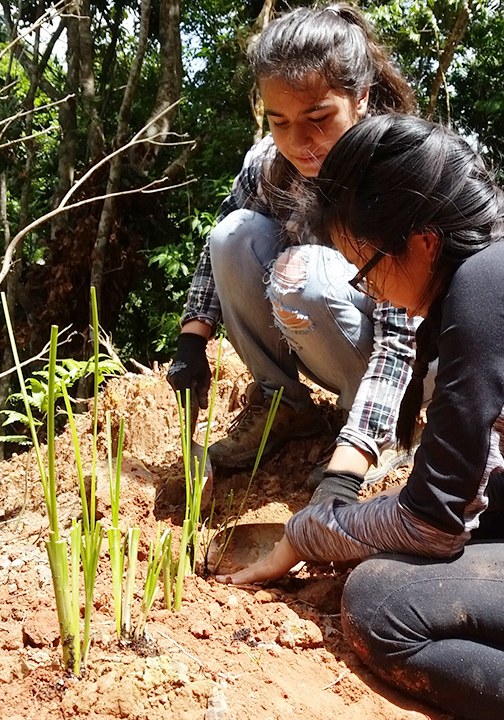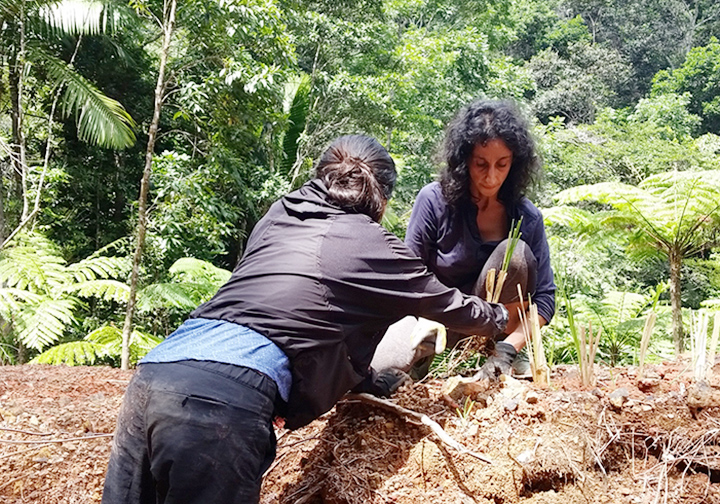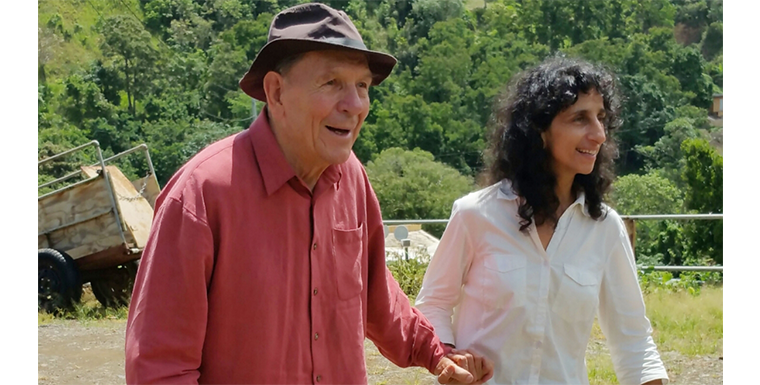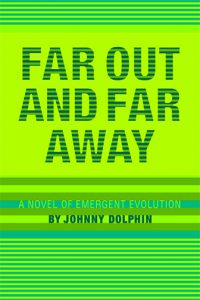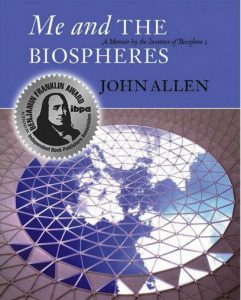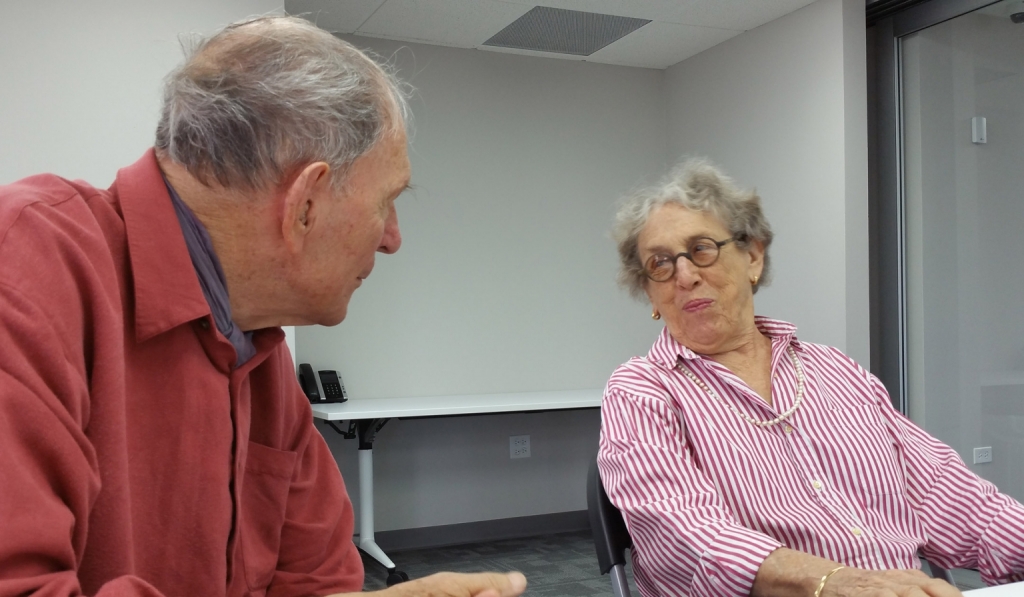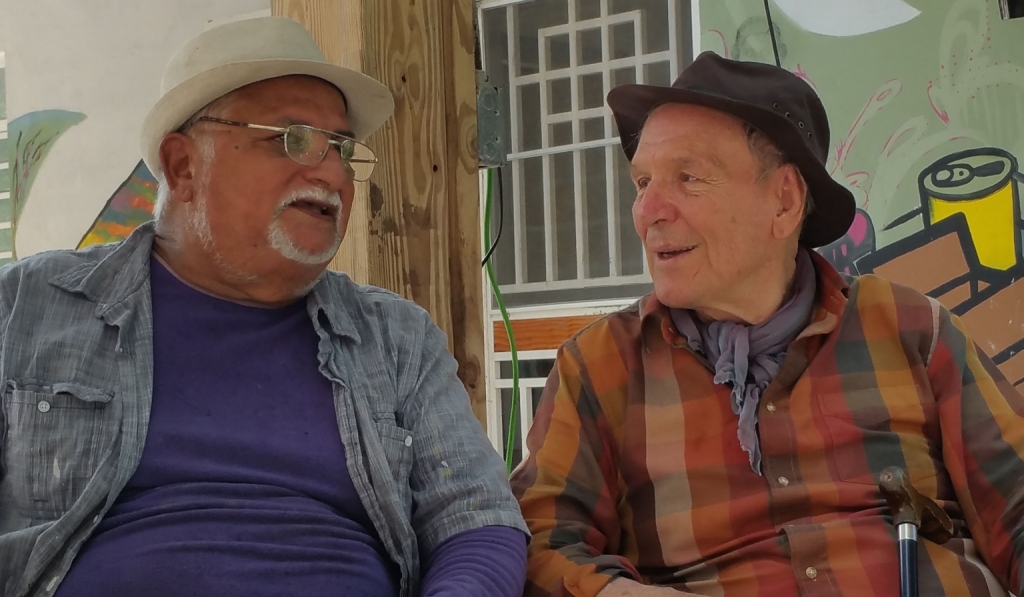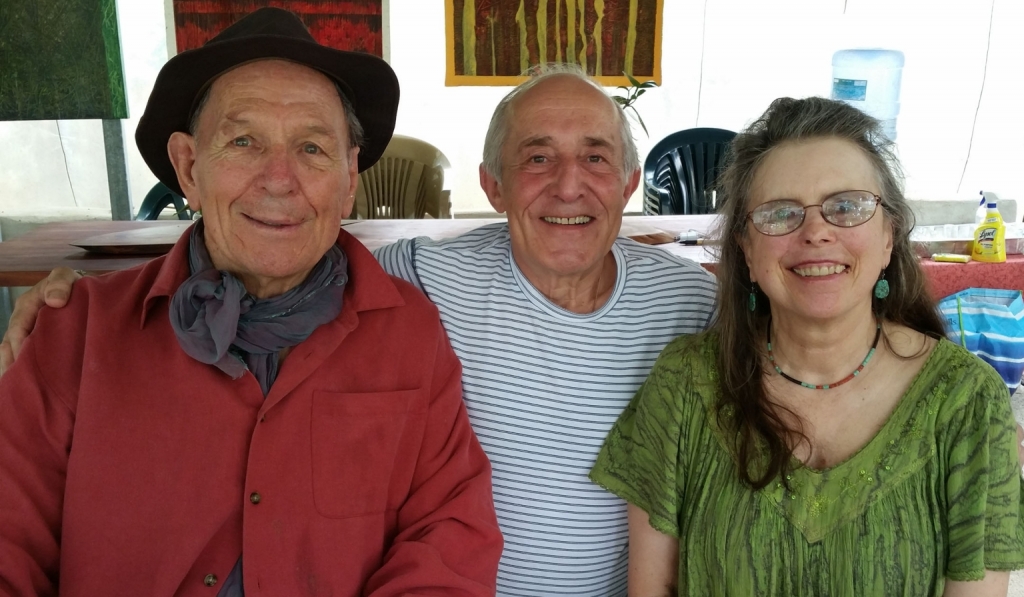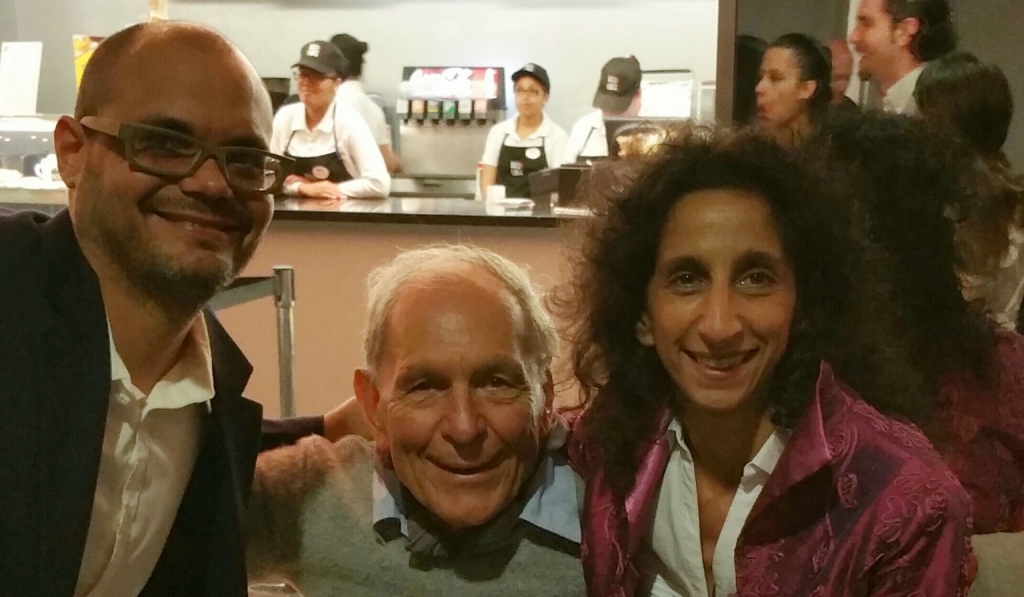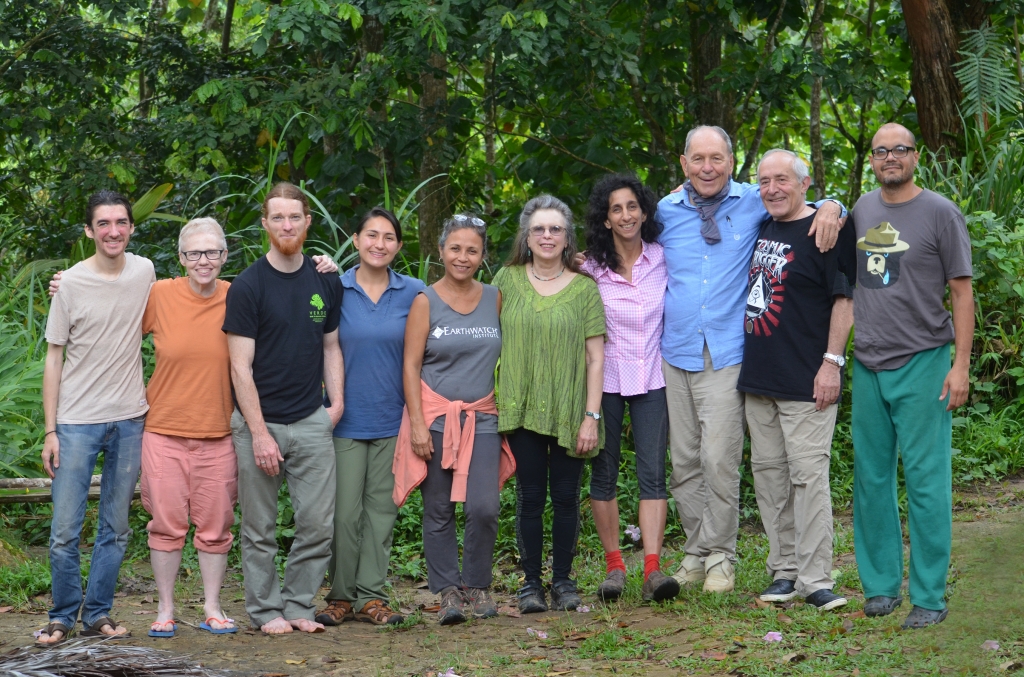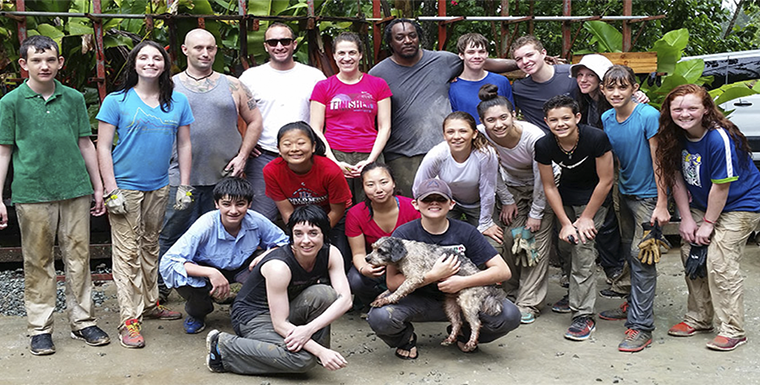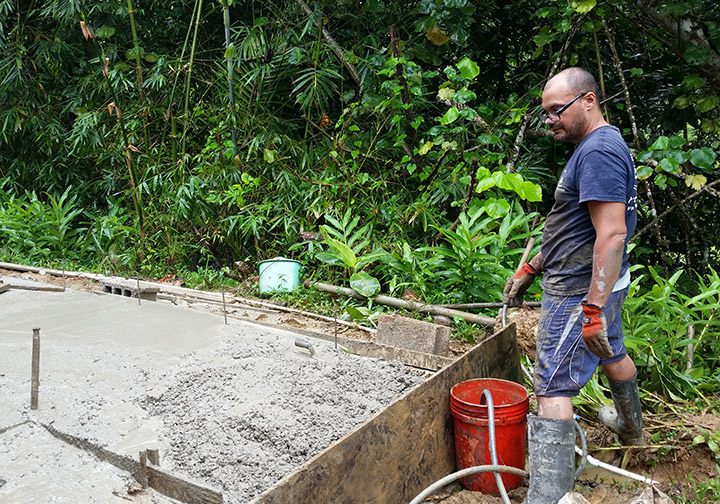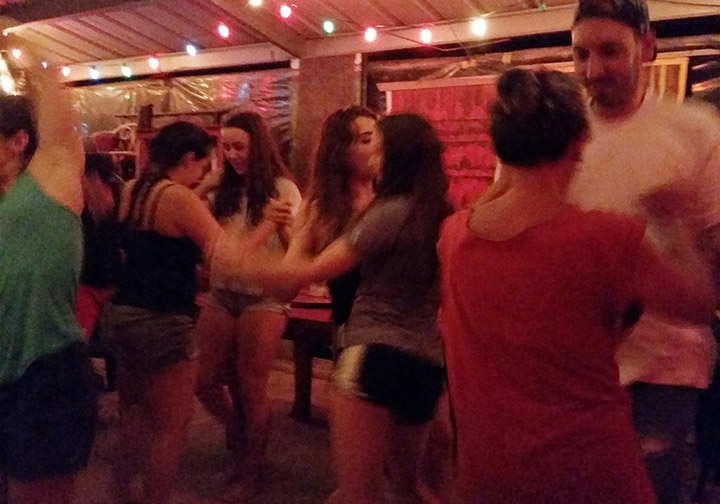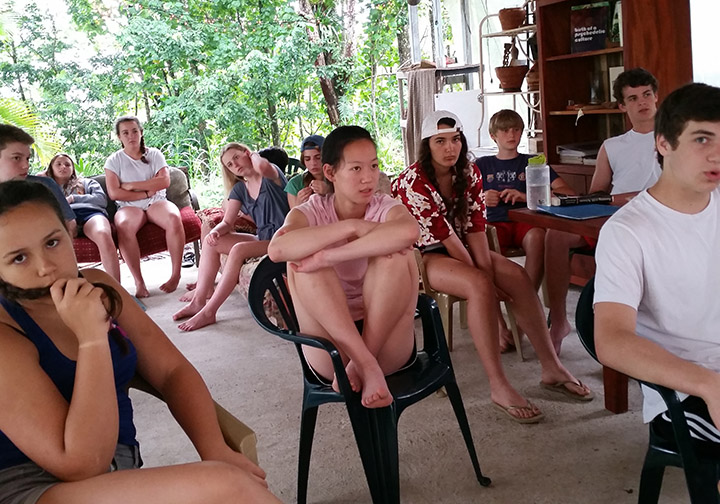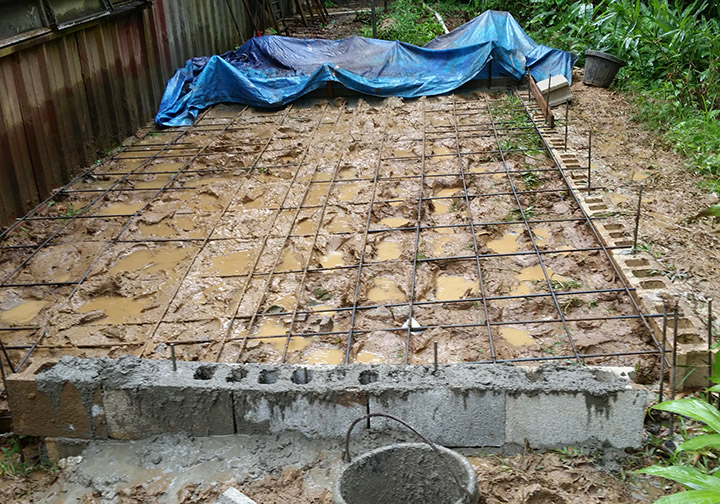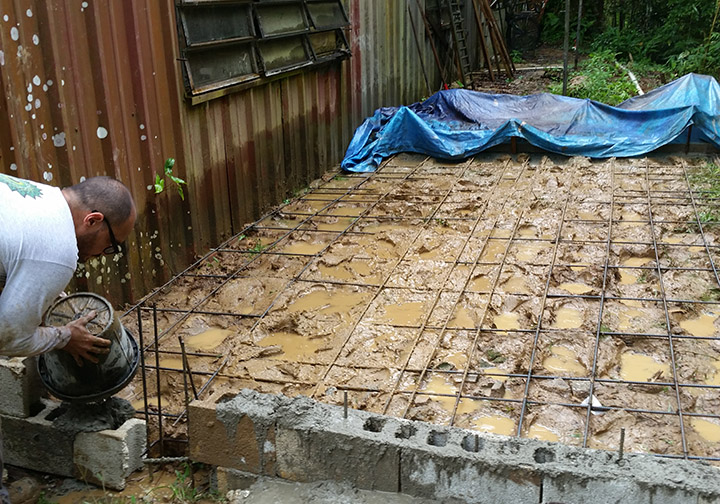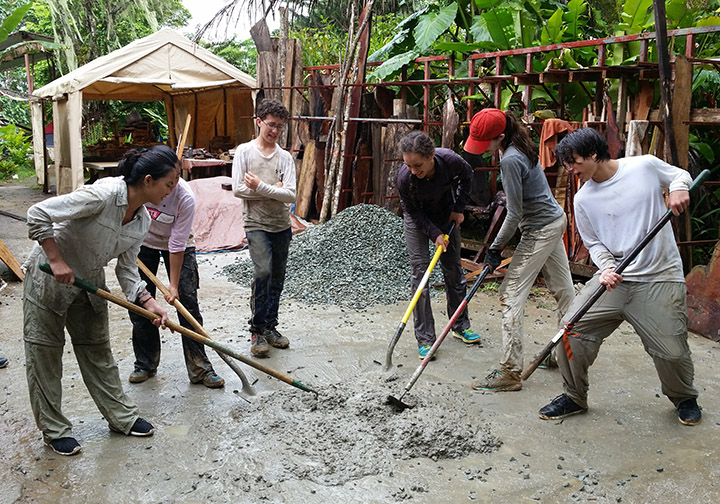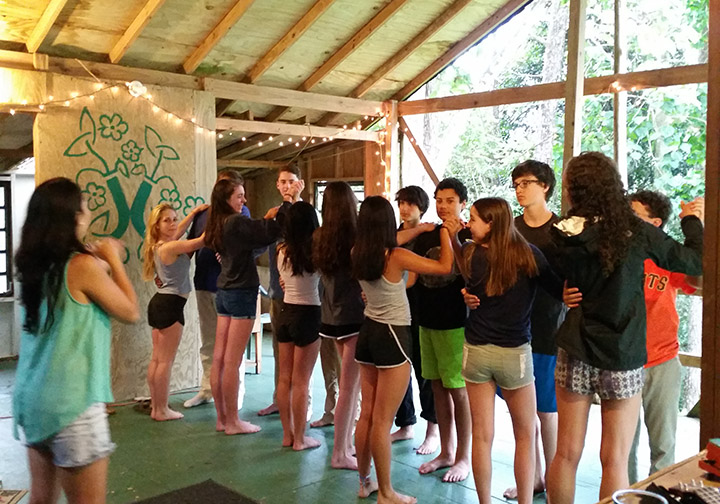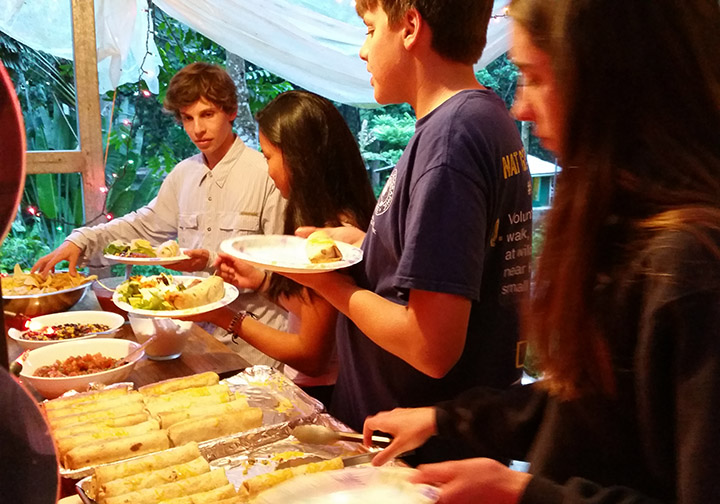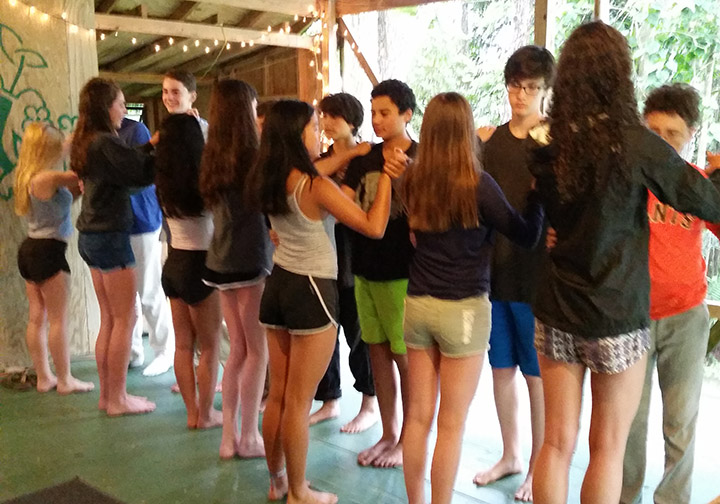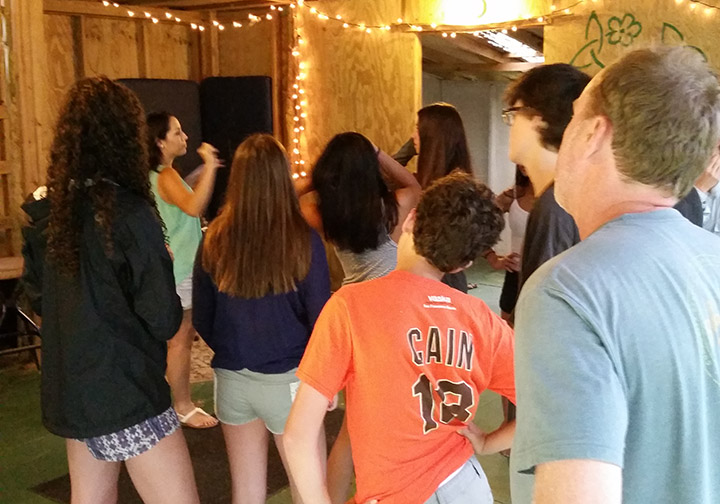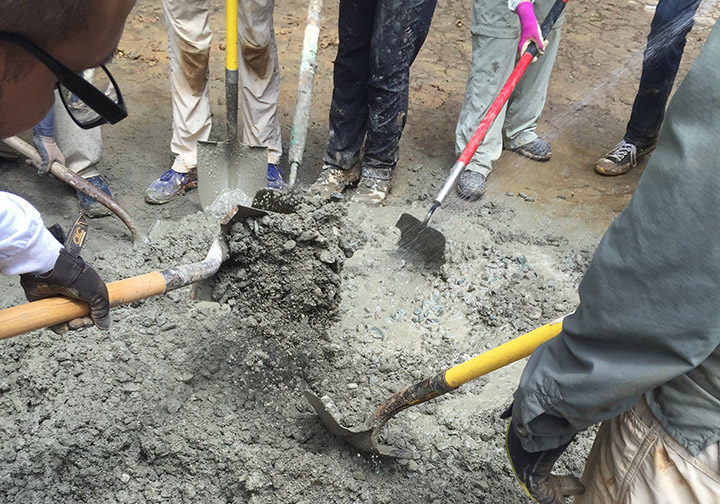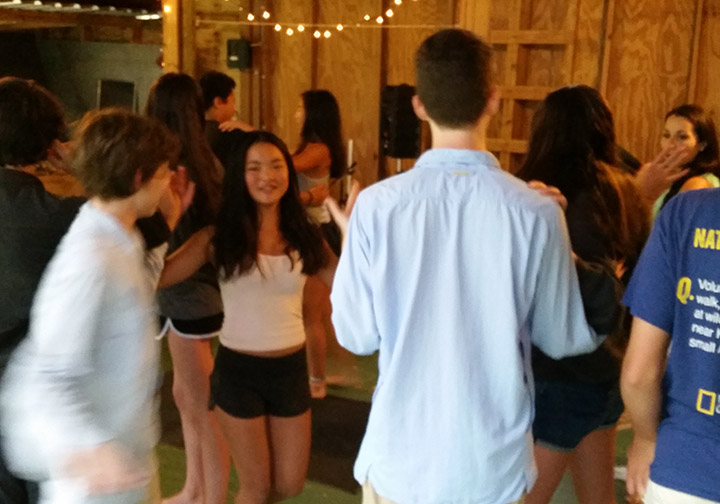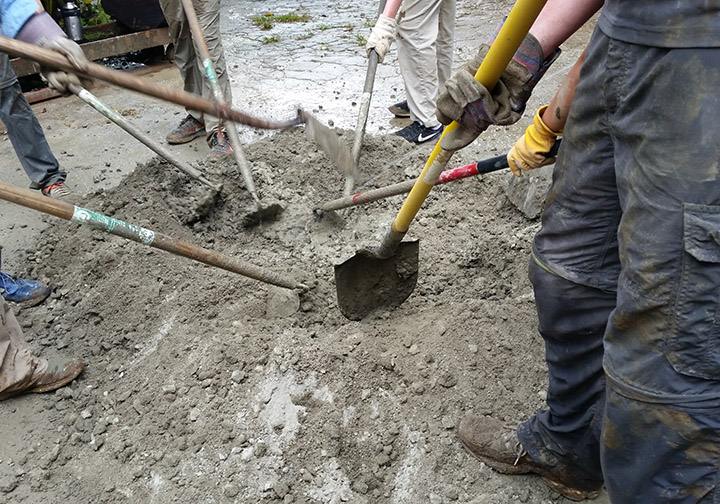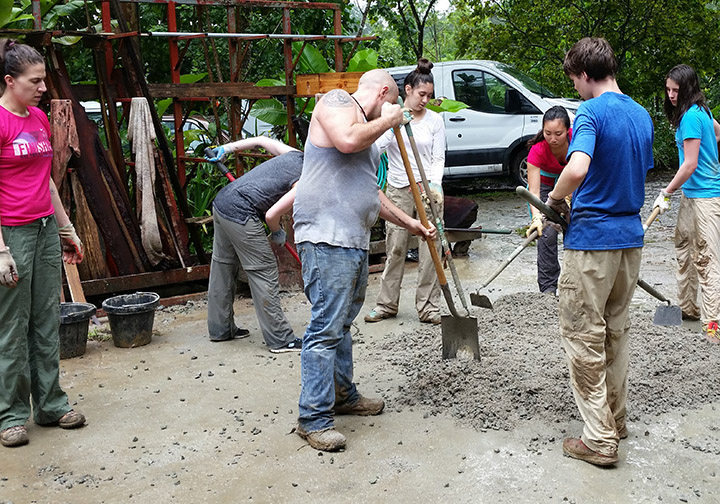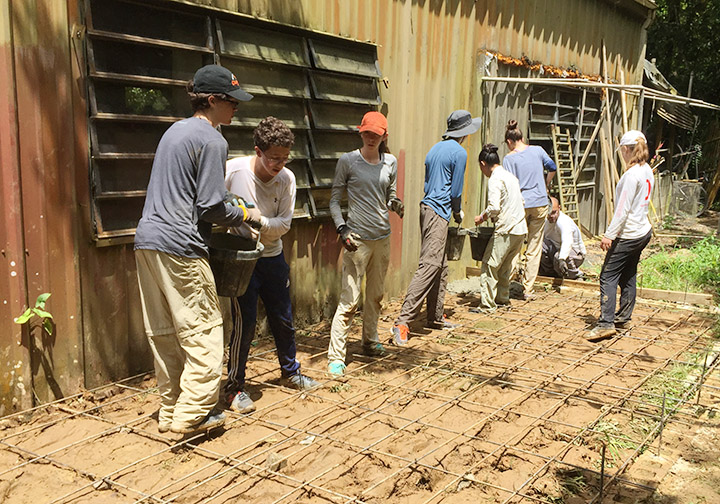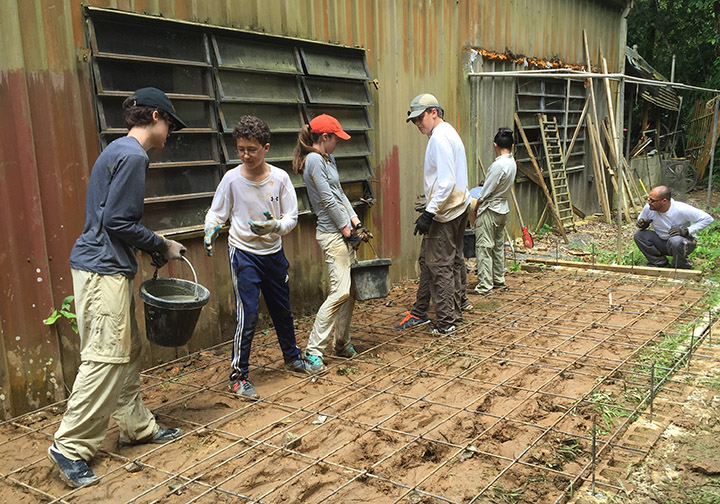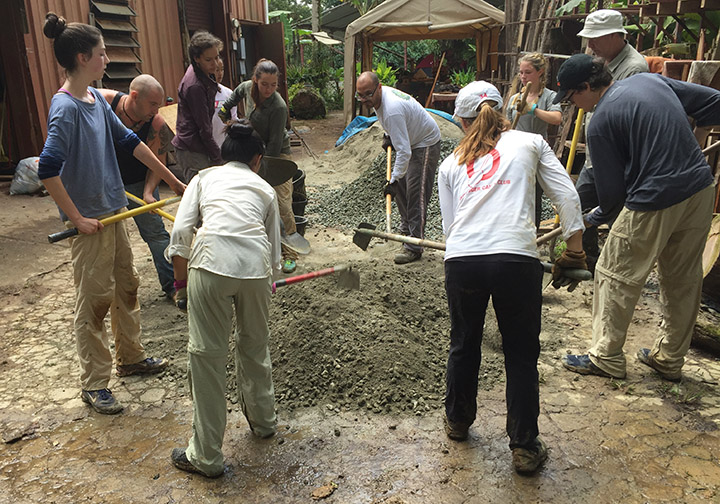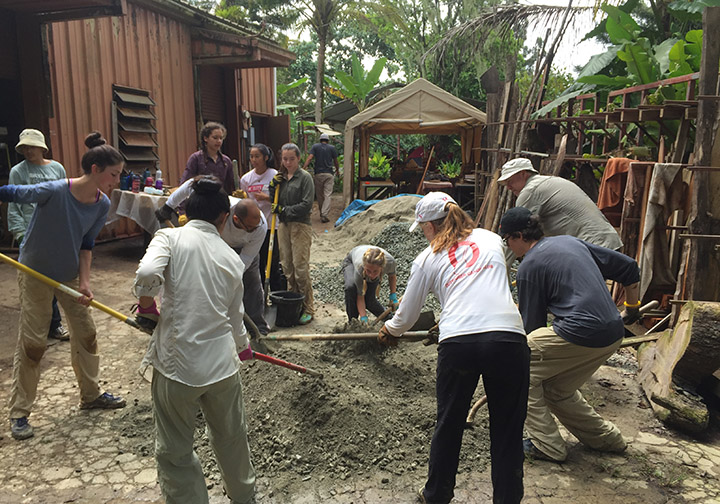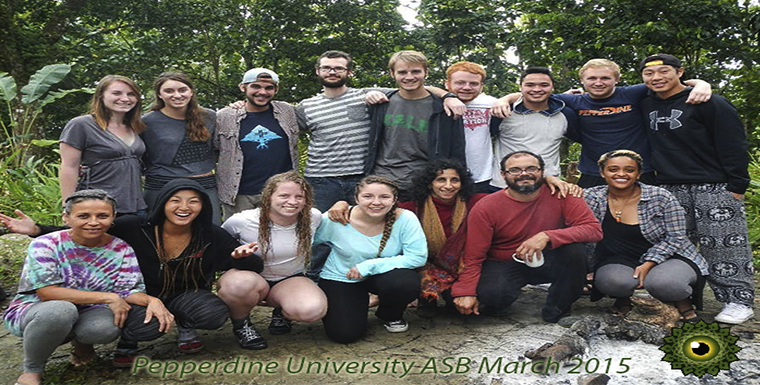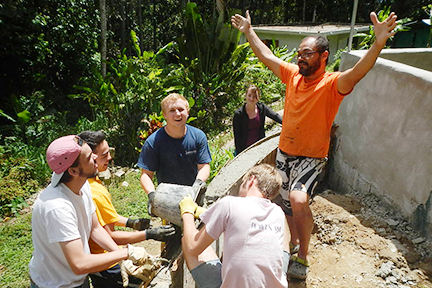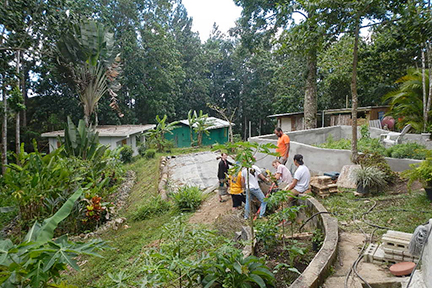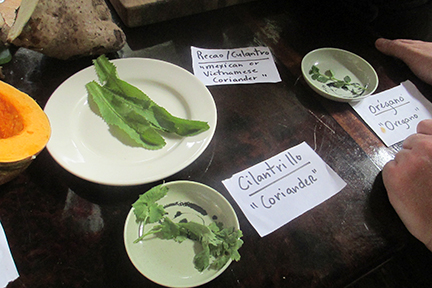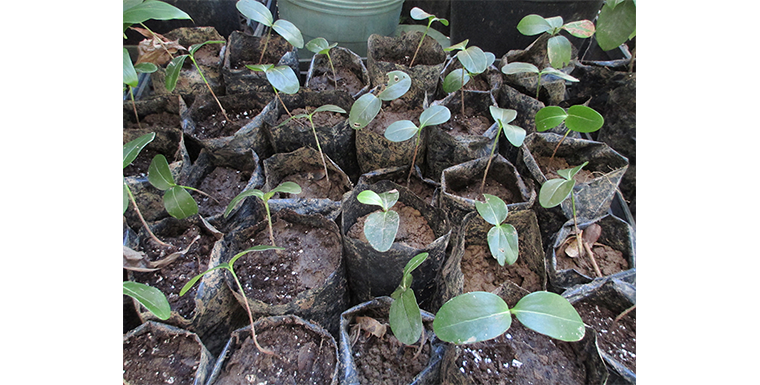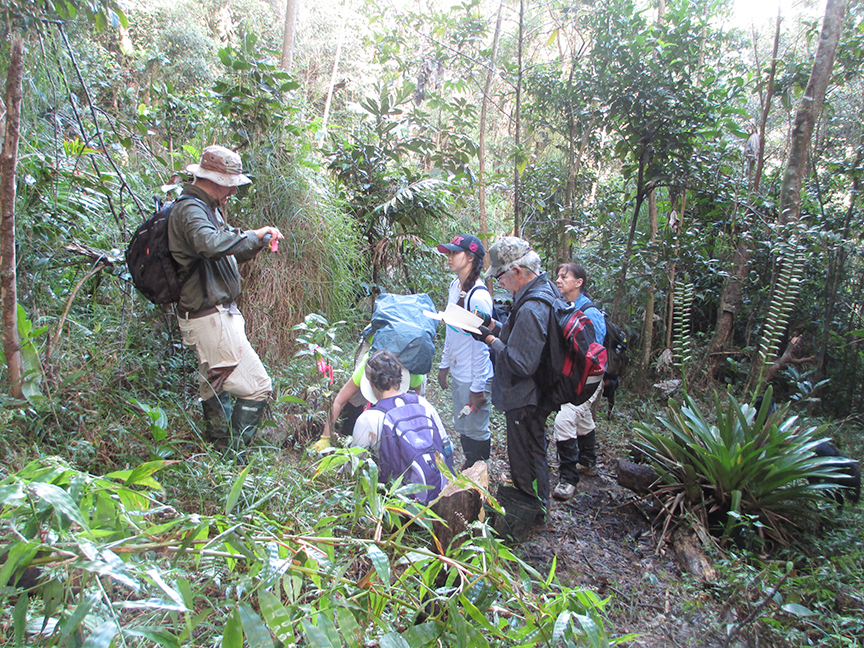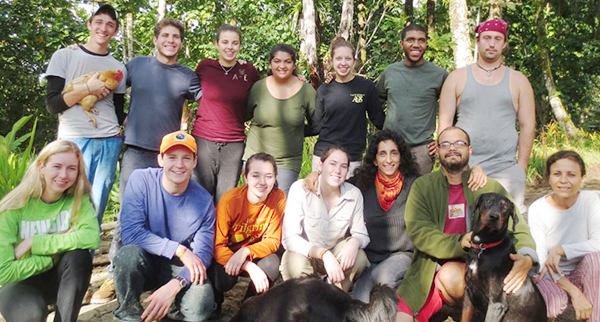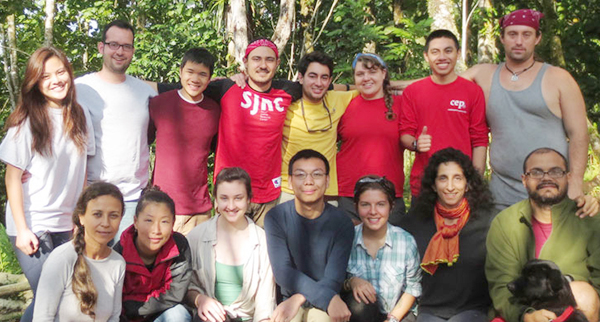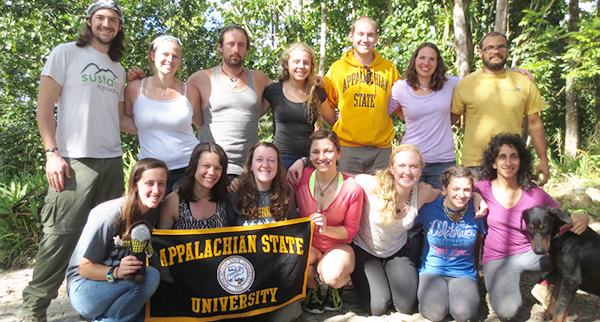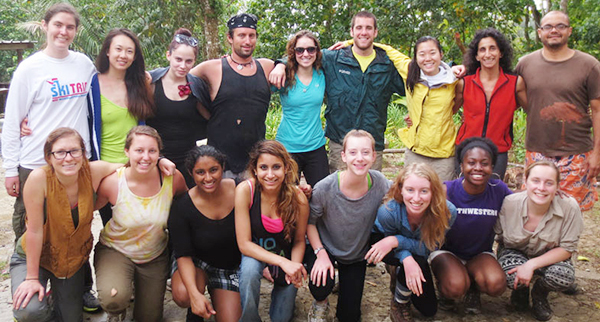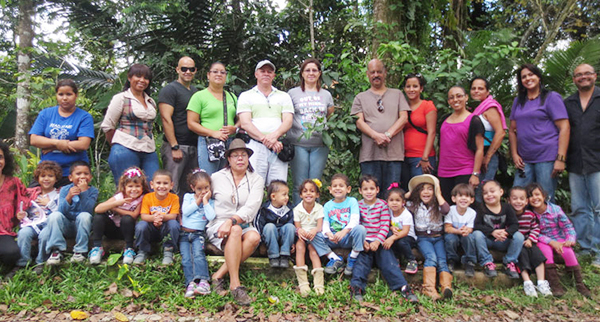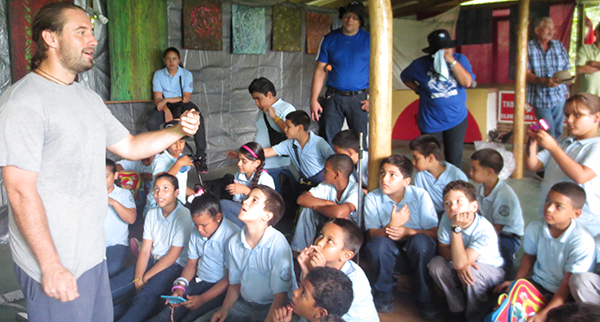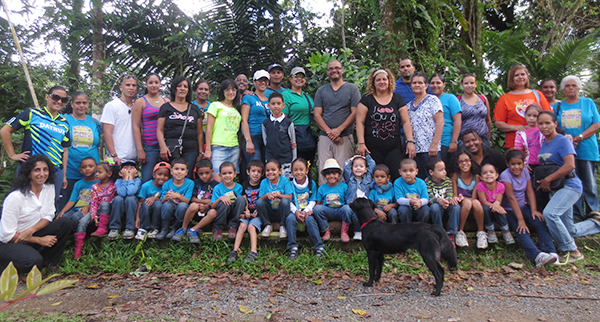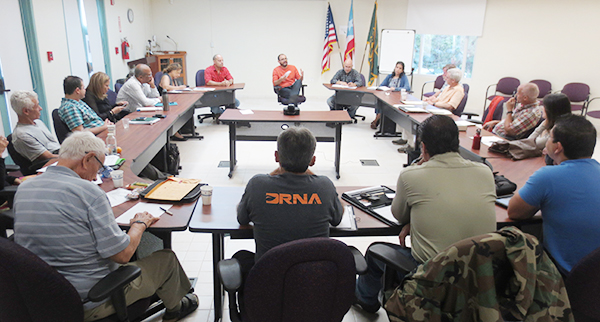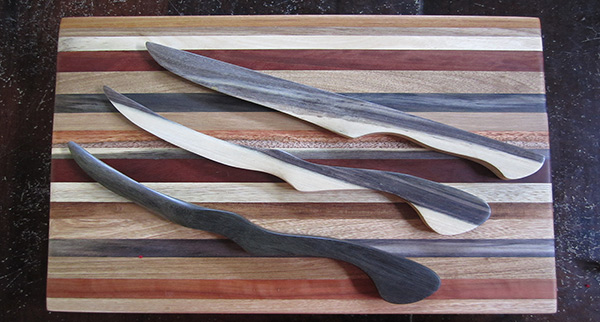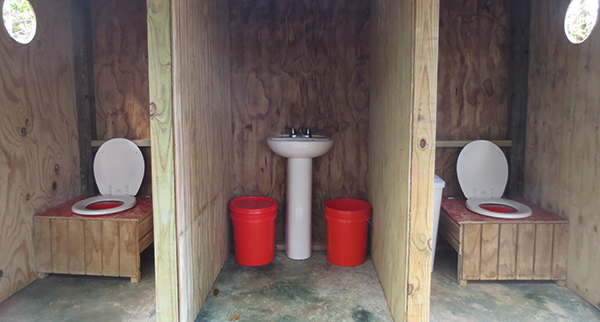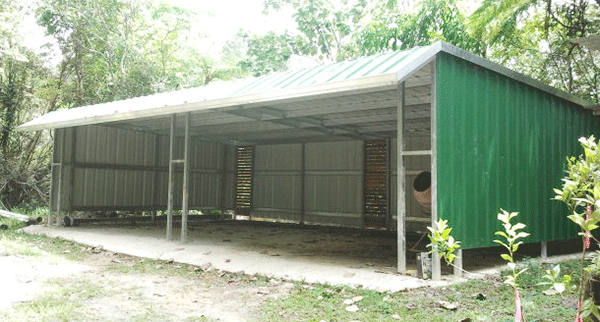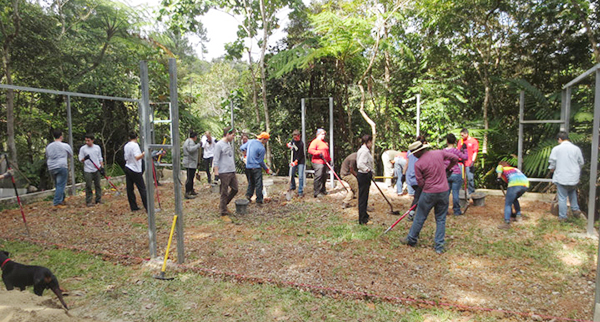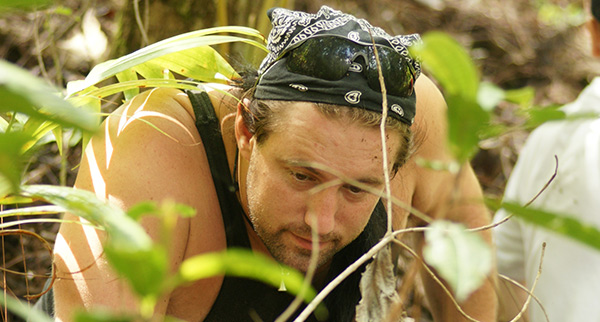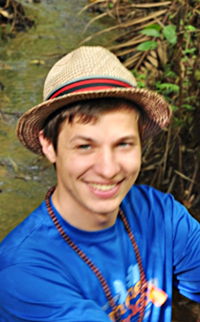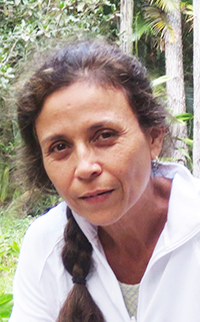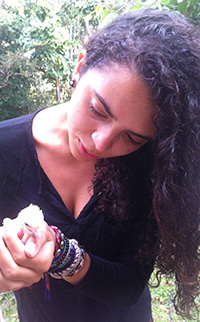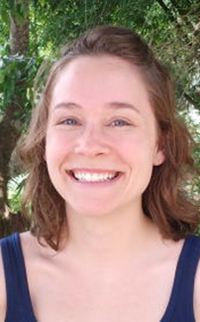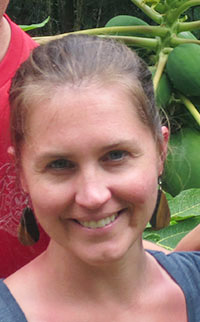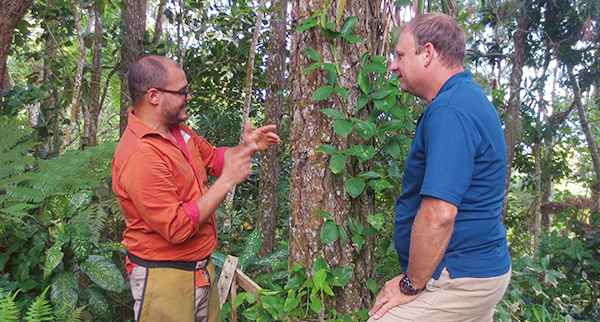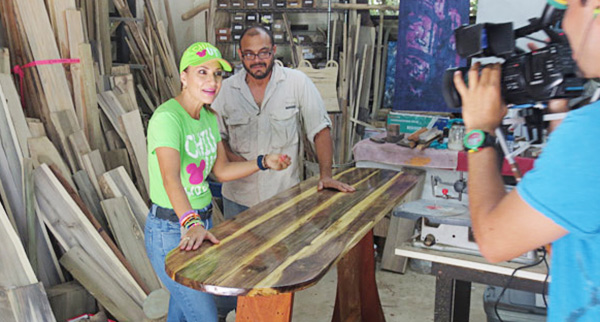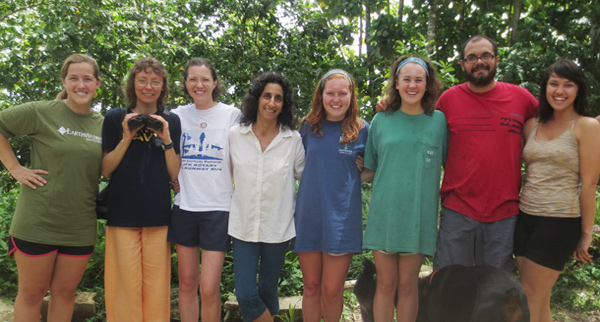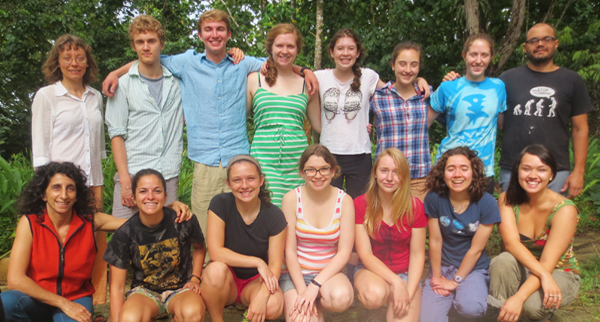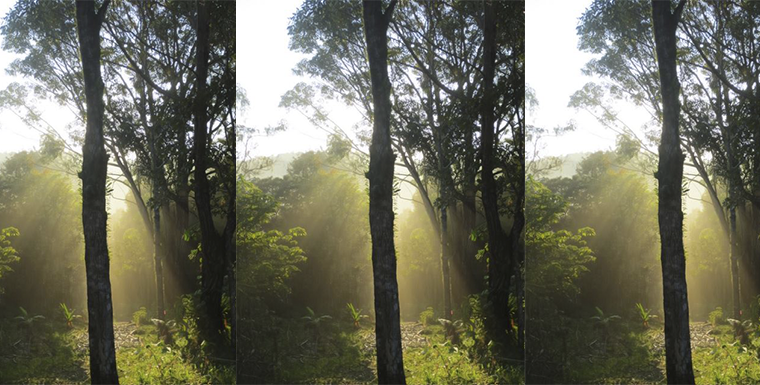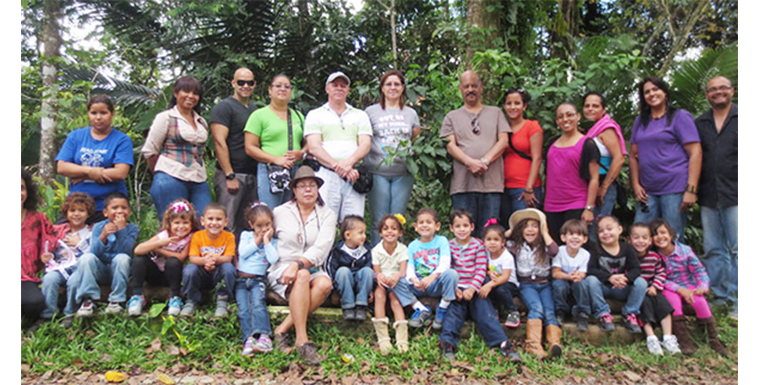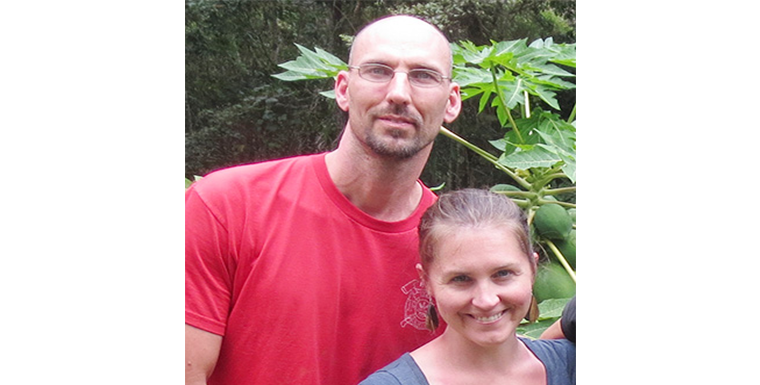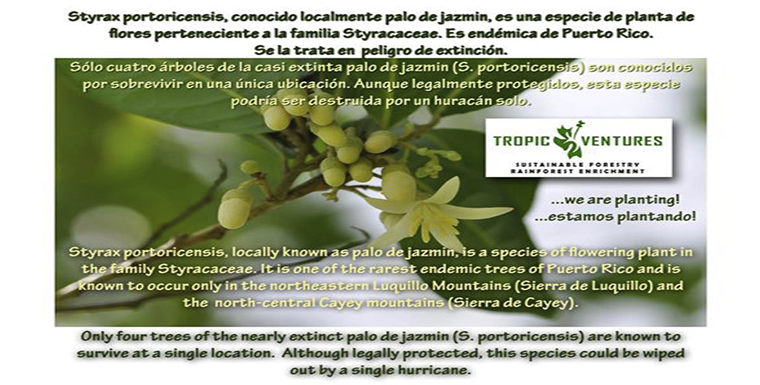An extraordinary opportunity beckoned the students of Fountain Valley High, led by the exceptional math teacher Deb Prantl. Leaving their familiar classrooms behind, they journeyed thousands of miles, plunging into a world as lush as it is mysterious. Their destination: Las Casas de la Selva, a sanctuary nestled deep within the heart of the Puerto Rican rainforest.
Awaiting them was a chance to immerse themselves in a realm of knowledge that far outstripped any textbook. They were there to spend time with Thrity Vakil, or 3t as she is fondly known. A respected director and passionate budding botanist, 3t offered these young explorers an up-close and personal encounter with the incredible biodiversity that thrives in the verdant wonder of the rainforest.
Under 3t’s guidance, they discovered the intricate beauty and delicate balance of the rainforest ecosystem, and projects dedicated to conservation of endemic speces, in collaboration with The Botanical Gardens Conservation International.They learned about two rare and endangered plant species, Palo de Cruz (Garcinia portoricensis) and Tortuga Prieto (Ravenia urbanii). These weren’t just names on a list for the students; they were real, vibrant components of a thriving ecosystem that they could touch, examine, and understand. The students got up close to the critically endangered species being propagated in the nursery. They also got to repot endangered endemic seedlings Guayabota (Eugenia stahlii), from seeds gathered in 2020.
It’s not every day that a math teacher from Colorado Springs brings her students to the vibrant depths of the Puerto Rican rainforest. Deb Prantl, however, is no ordinary educator. Year after year, she chooses to embark on these exceptional journeys with her students, seeing the inestimable value of teaching beyond the classroom. Her vision transforms students from mere observers to participants in this incredible global classroom.
Las Casas de la Selva, under the stewardship of 3t and her team, welcomed these eager students with the vibrant buzz of coquis, the rich scent of damp earth, and the lush greenery of towering trees. The students didn’t just observe the rainforest, they experienced it – its sounds, its smells, and its life – gaining insights that can’t be learned in a traditional classroom setting. This trip wasn’t just a journey into the rainforest; it was an expedition into knowledge, conservation, and a deeper understanding of the world that surrounds us.
The thrill of the journey to Las Casas de la Selva doesn’t end with their exploration of the rainforest. A walk in the woods is just the beginning. The excitement continues as the group congregates for an opening circle – an integral part of the experience, providing an opportunity for everyone to share a bit about themselves and forge connections. With dinner comes more animated conversations, as students and staff exchange stories and perspectives, learning from each other as much as from their surroundings.
The next day, the group gets their hands dirty, literally. They work on clearing a trail near a landslide caused by Hurricane Fiona in September 2022, and another one leading down to the river. They help in repotting rare trees in the nursery and planting out nine mahogany trees, each seedling a promise for the future. They engage with Bill Davidowski, absorbing his insights on woodworking as he unveils his current projects.
All this, fueled by the delectable cuisine of Monique Nieves, bringing the local flavors of Puerto Rico to life with every mouthful. Her culinary prowess complements the rich experiences of the day, nourishing both body and soul.
Witnessing the rainforest awaken to a new day, watching the students’ faces light up as they discover the wonders hidden in the lush wilderness is a sight to behold. From unusual flora and fauna, breathtaking waterfalls, awe-inspiring wildlife, to the melodic chorus of coquis serenading the night, Las Casas de la Selva transforms into an open-air classroom like no other.
The retreat at Las Casas de la Selva is not just an ecological expedition; it’s a journey of connections – with nature, with each other, and within oneself. It’s a sanctuary away from the digital distractions of modern life. Students often express their relief and joy at being off their phones and devices, relishing the chance to simply be in the moment, to absorb the sights, sounds, and sensations of the living rainforest around them.
Beyond the trail-blazing, tree-planting, and storytelling, the Las Casas de la Selva experience is about more profound lessons. Lessons in conservation, sustainability, and environmental stewardship are woven into the fabric of the journey. It’s about understanding that we’re all part of this beautiful, intricate web of life and that every action matters.
And perhaps most importantly, it’s a reminder that sometimes, the best way to find yourself is to lose yourself in the wild. To echo the words of naturalist John Muir, “In every walk with nature, one receives far more than he seeks.” In the heart of the Puerto Rican rainforest, the students of Fountain Valley High discovered just that.
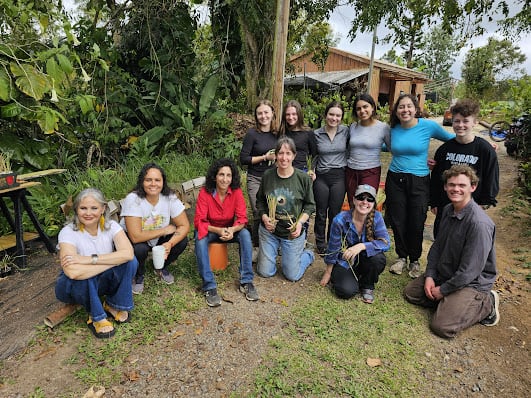
See more of 3t’s photos: https://photos.app.goo.gl/9C5LBvjrKTkQobjV8
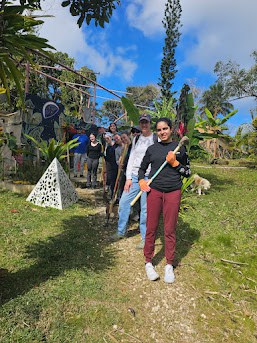
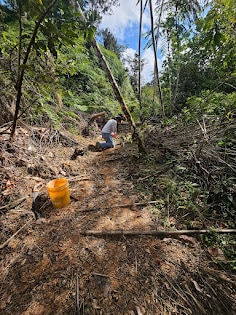
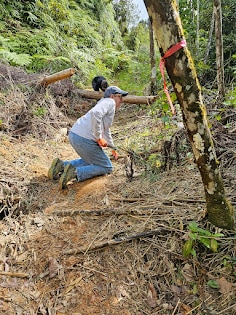
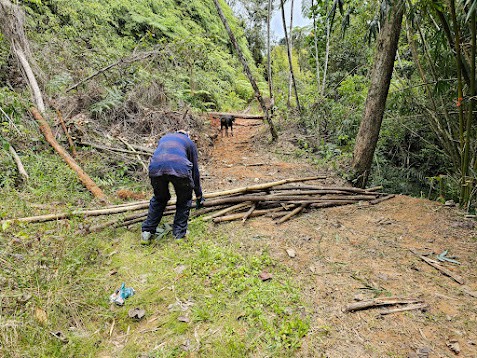
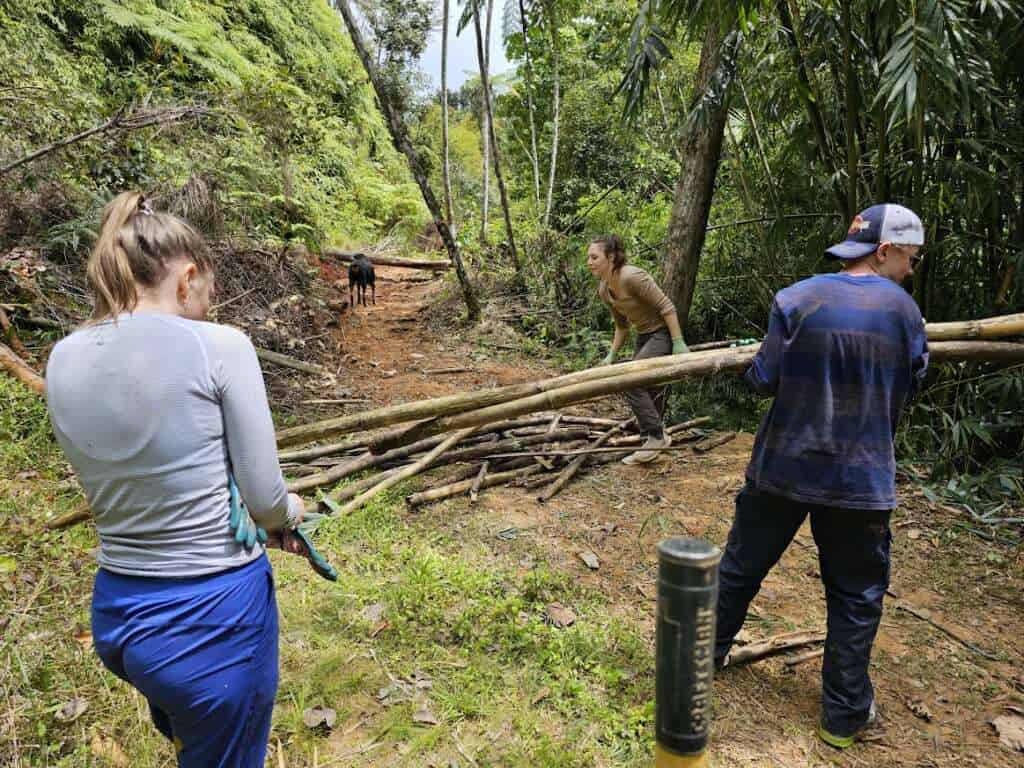
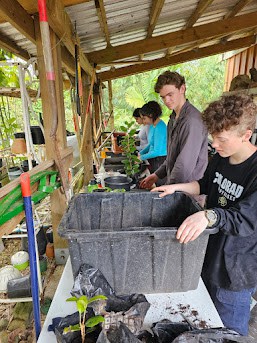
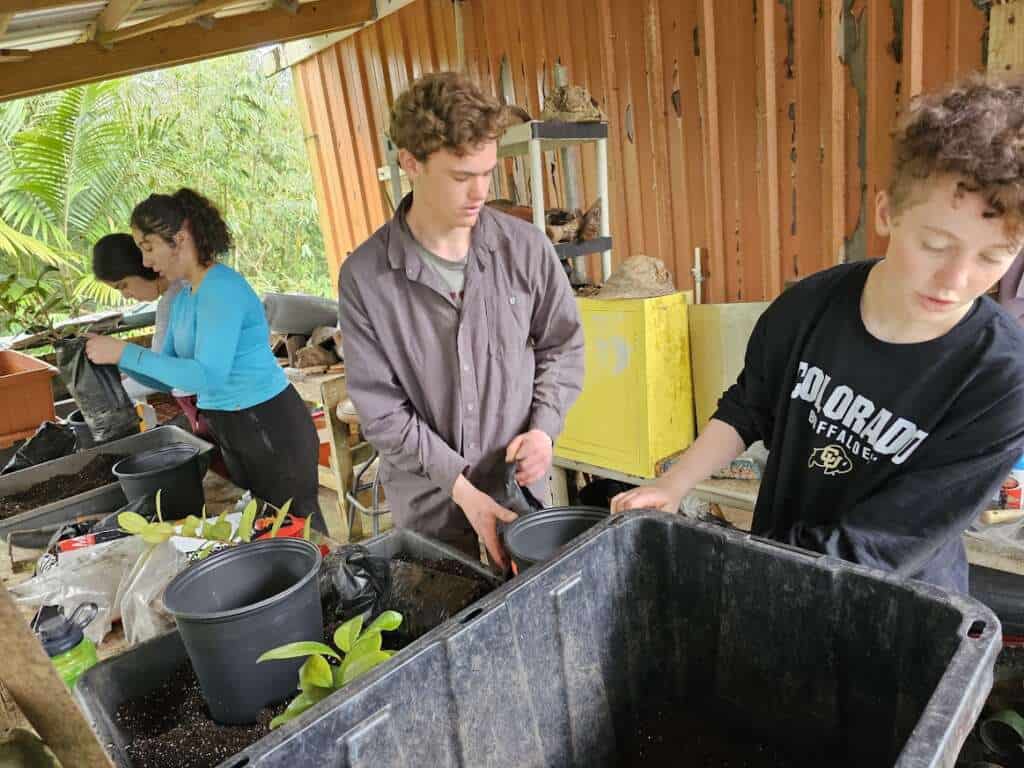
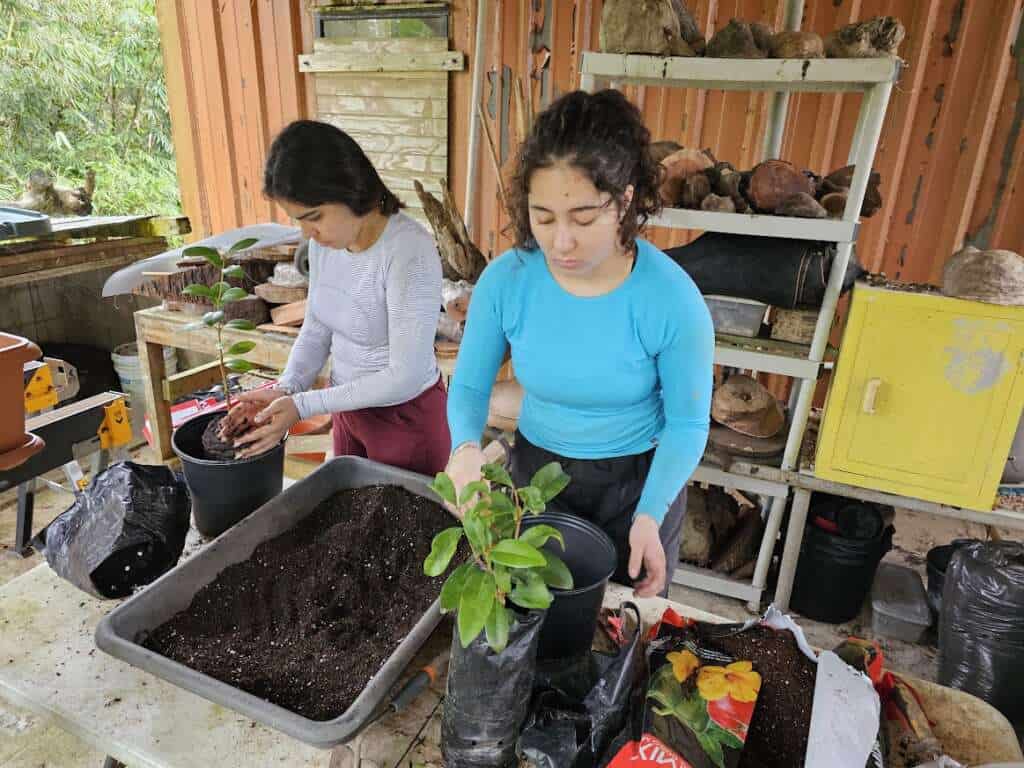
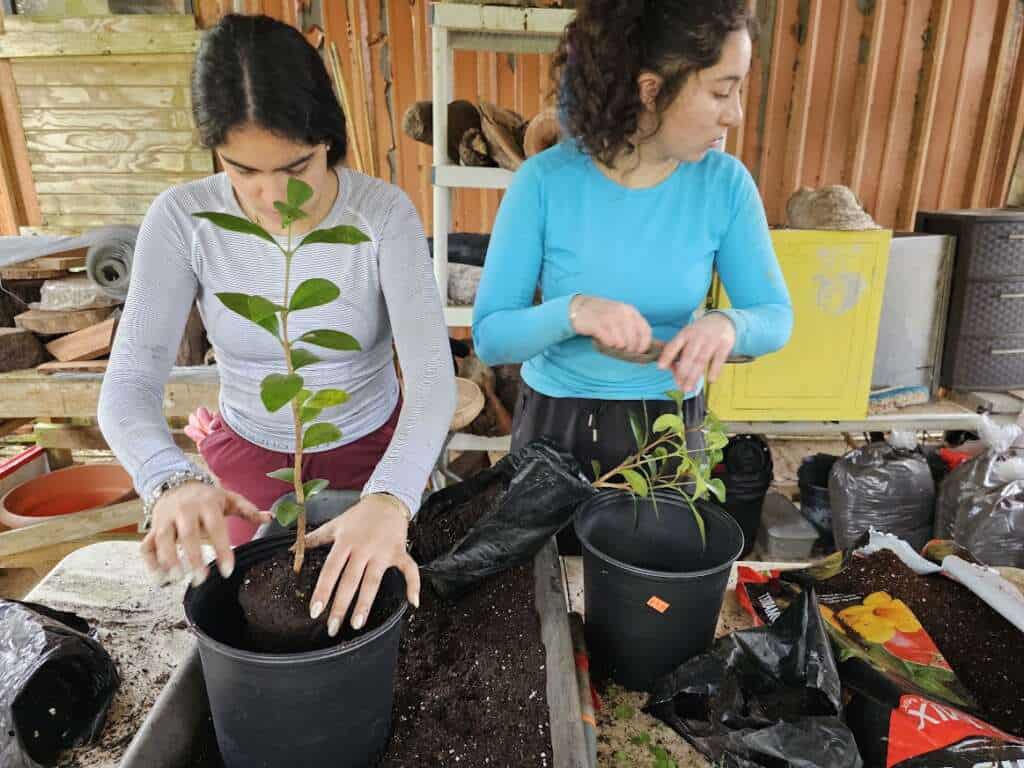
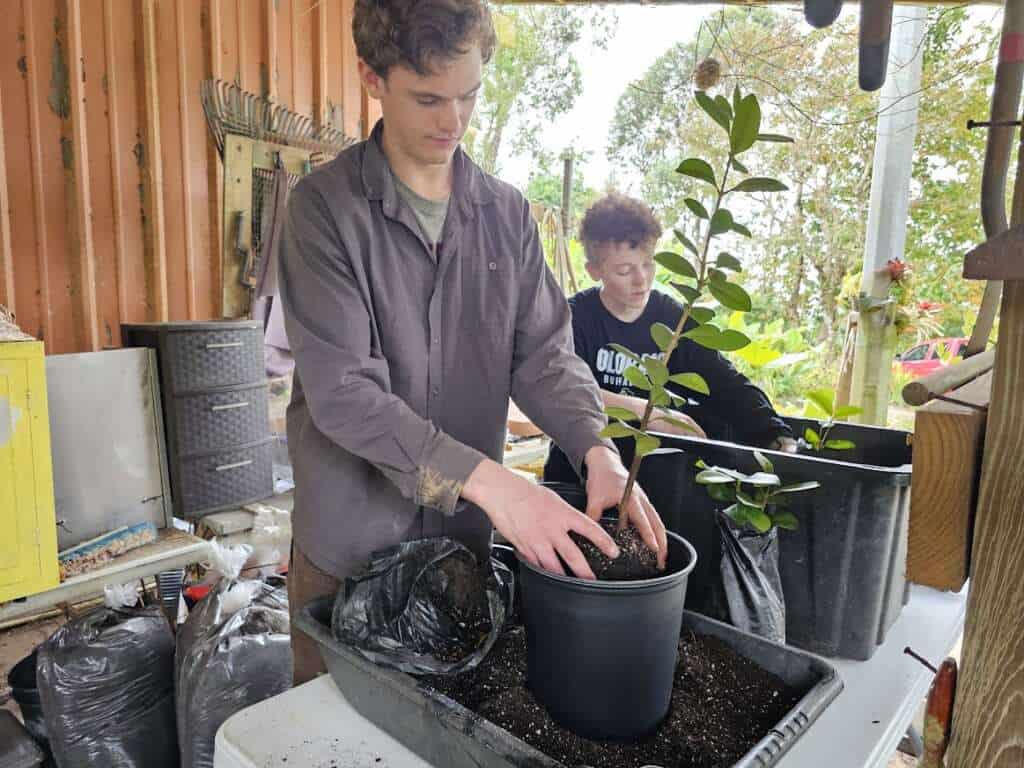
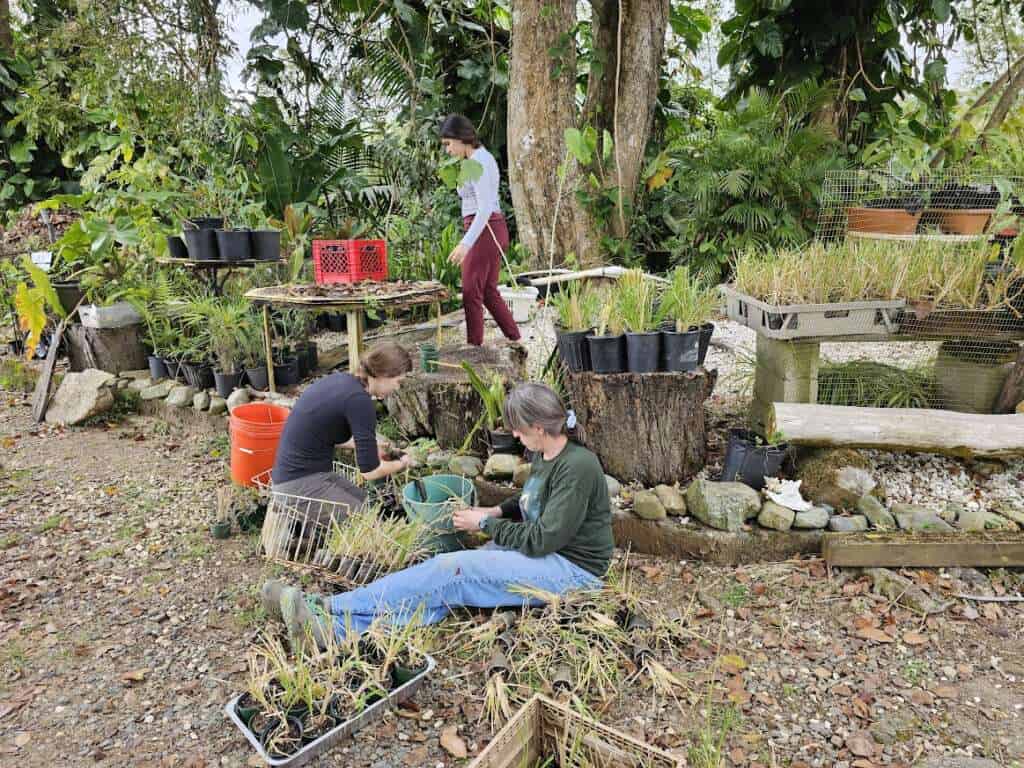

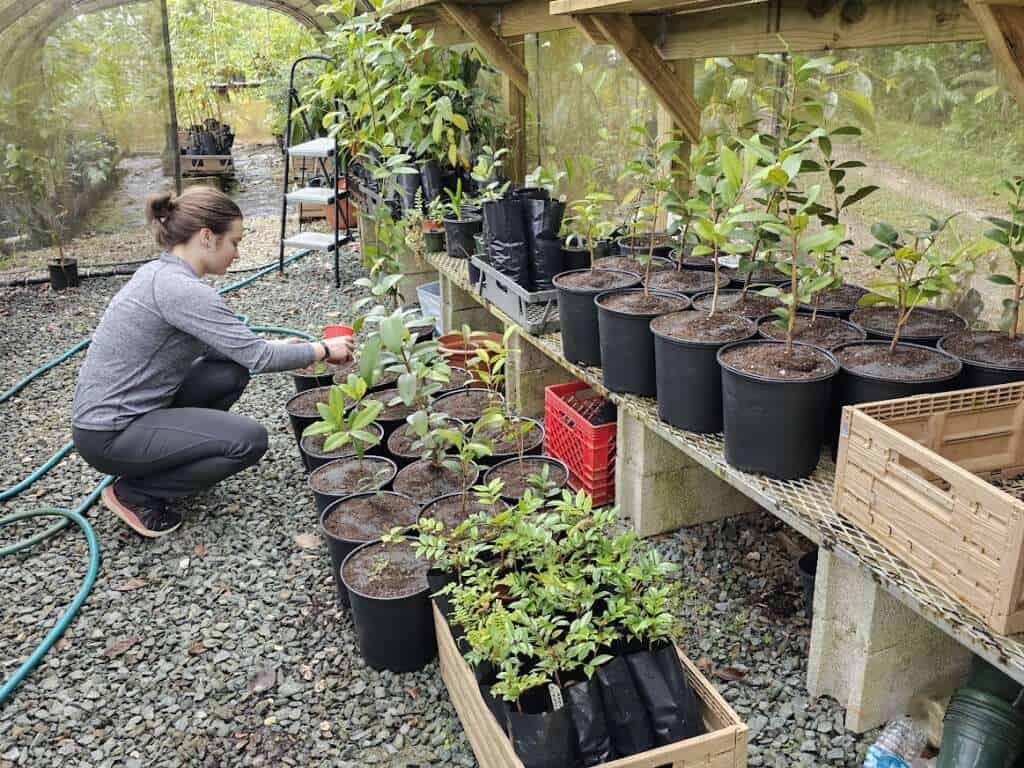

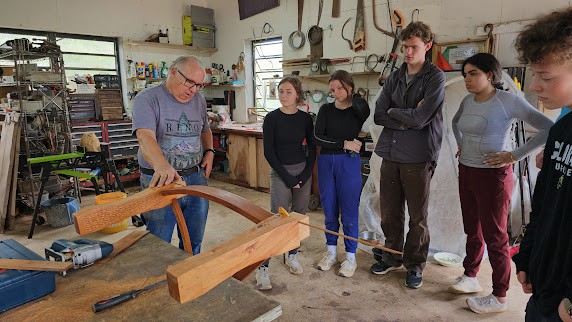
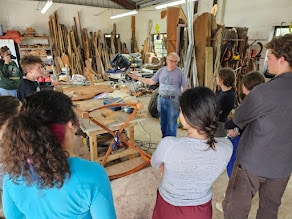
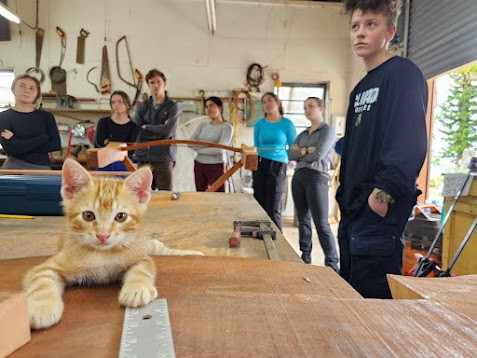
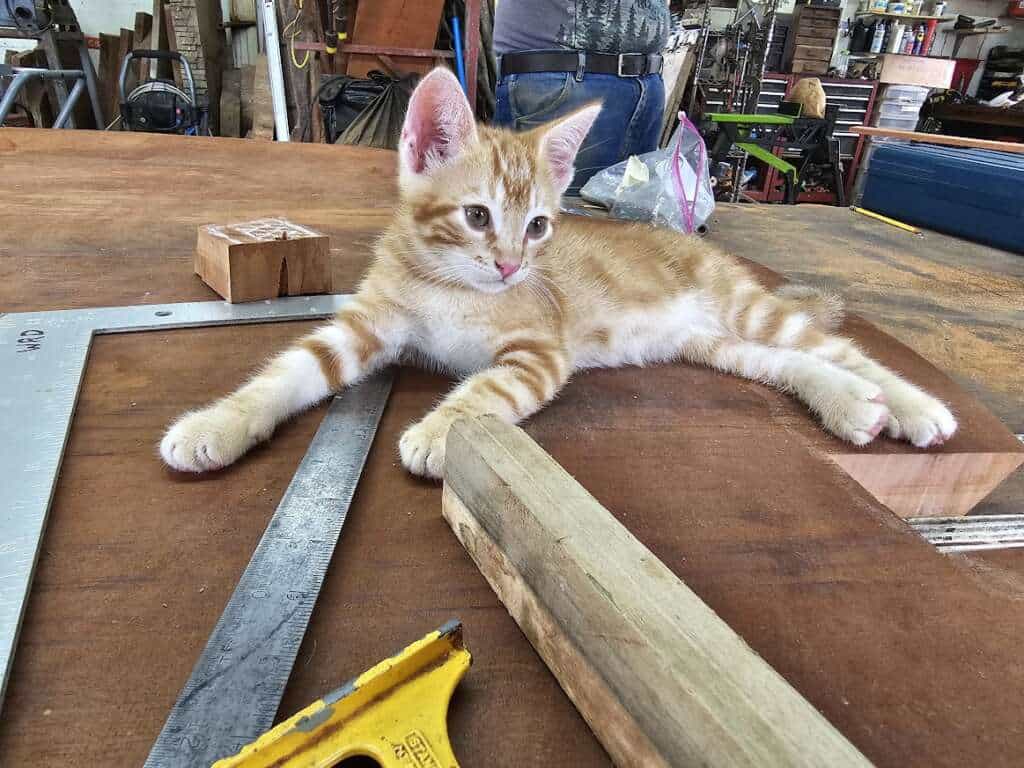
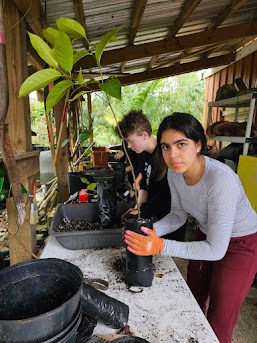
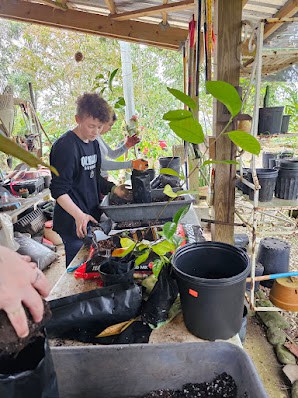
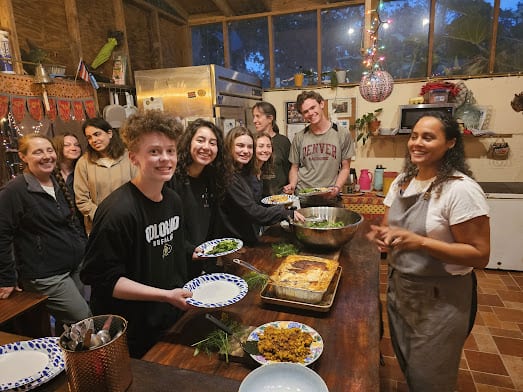
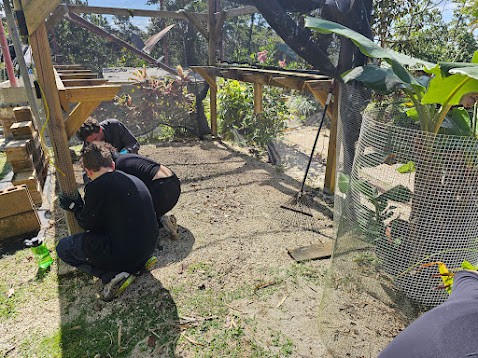
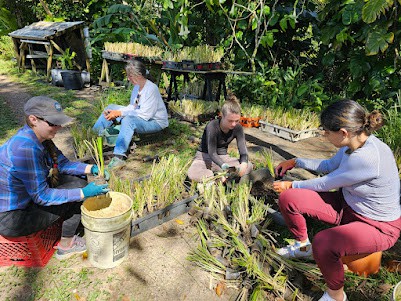


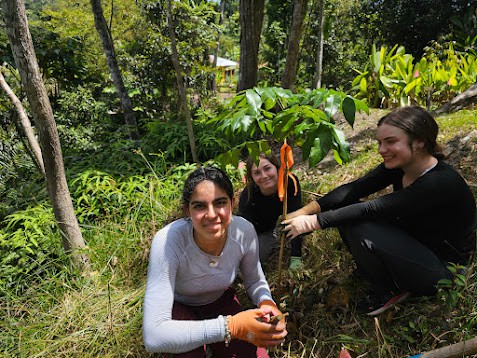
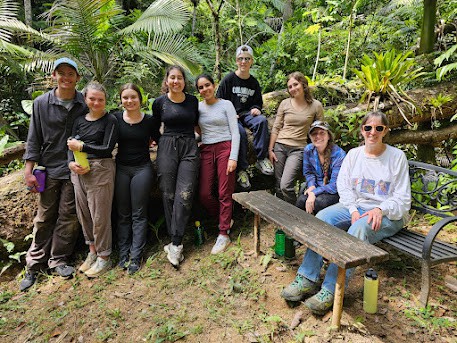
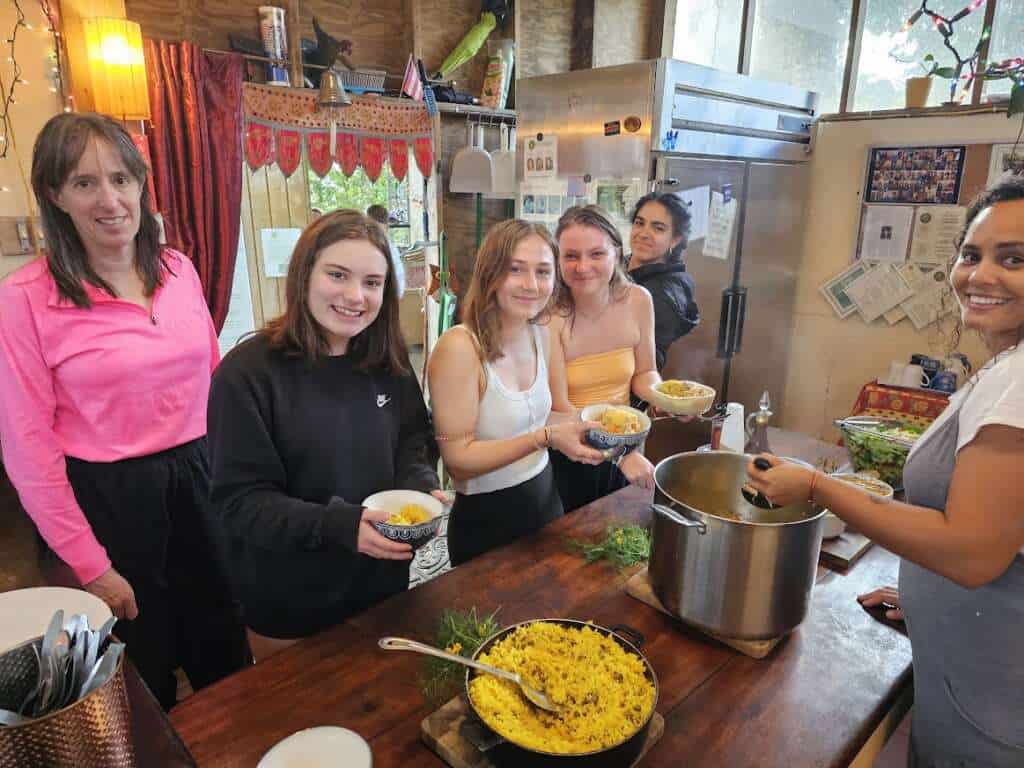
Fountain Valley School of Colorado provides a transformative curriculum in a supportive environment where students are challenged to think critically, become leaders, and live by our core values: Courage, Compassion, Curiosity, Self-Reliance, Open-Mindedness.
Fountain Valley School is a coed independent college preparatory school that offers day and boarding programs for students in grades 9-12. FVS was established in 1930 and is located on an 1,100 acre campus in Colorado Springs, Colo., which is 70 miles (115 km) south of Denver. Colorado’s mountain ski resorts are two hours to the west, and the School has a 40-acre Mountain Campus near Buena Vista, Colo., that provides abundant opportunities for year-round recreation and experiential education programs.




